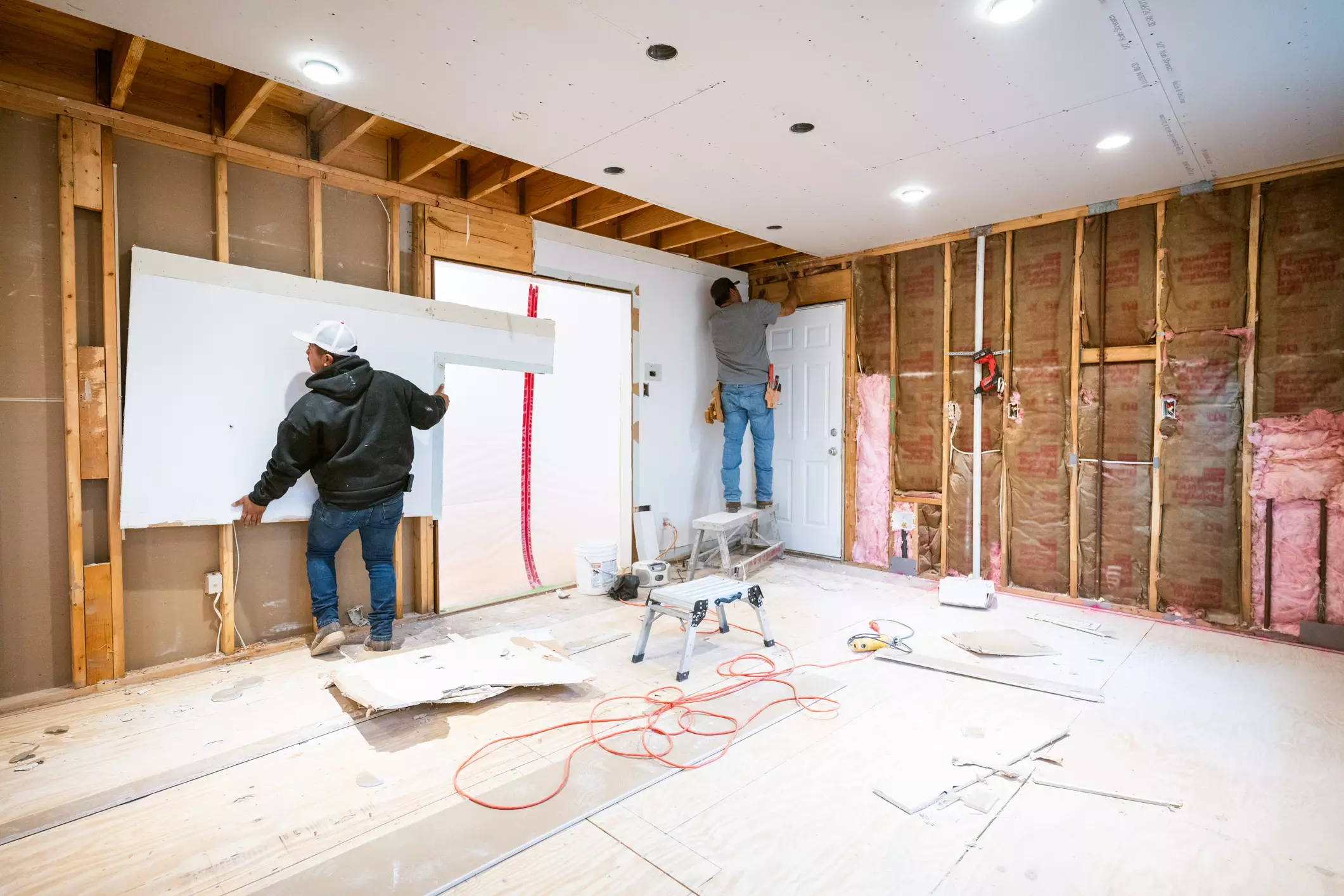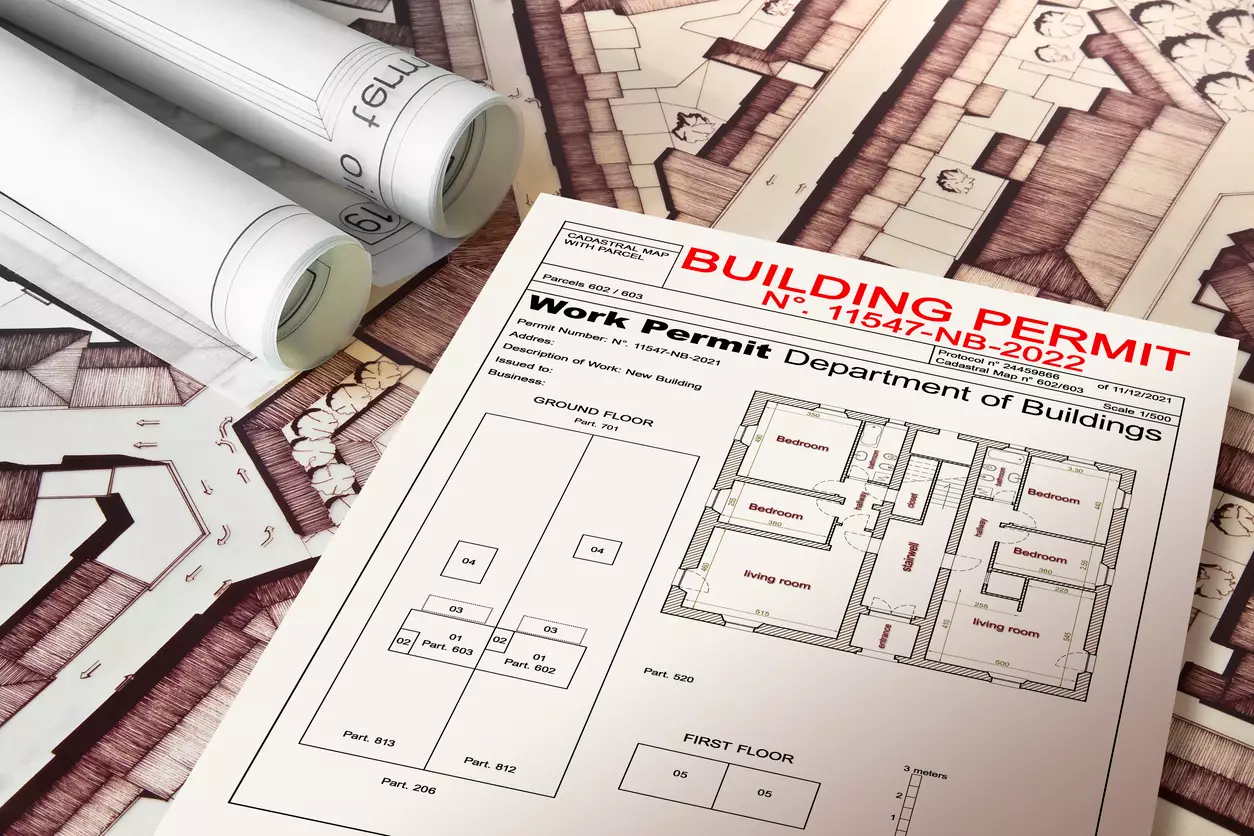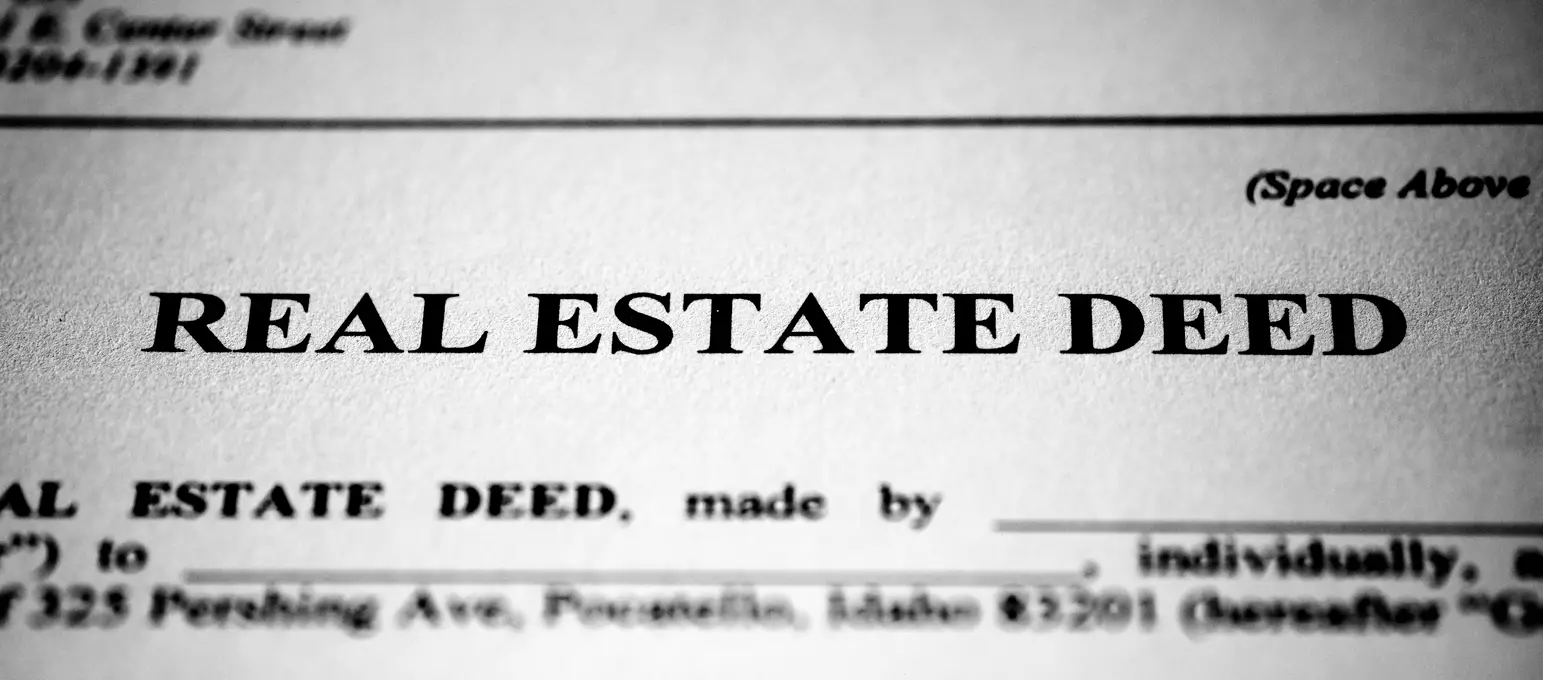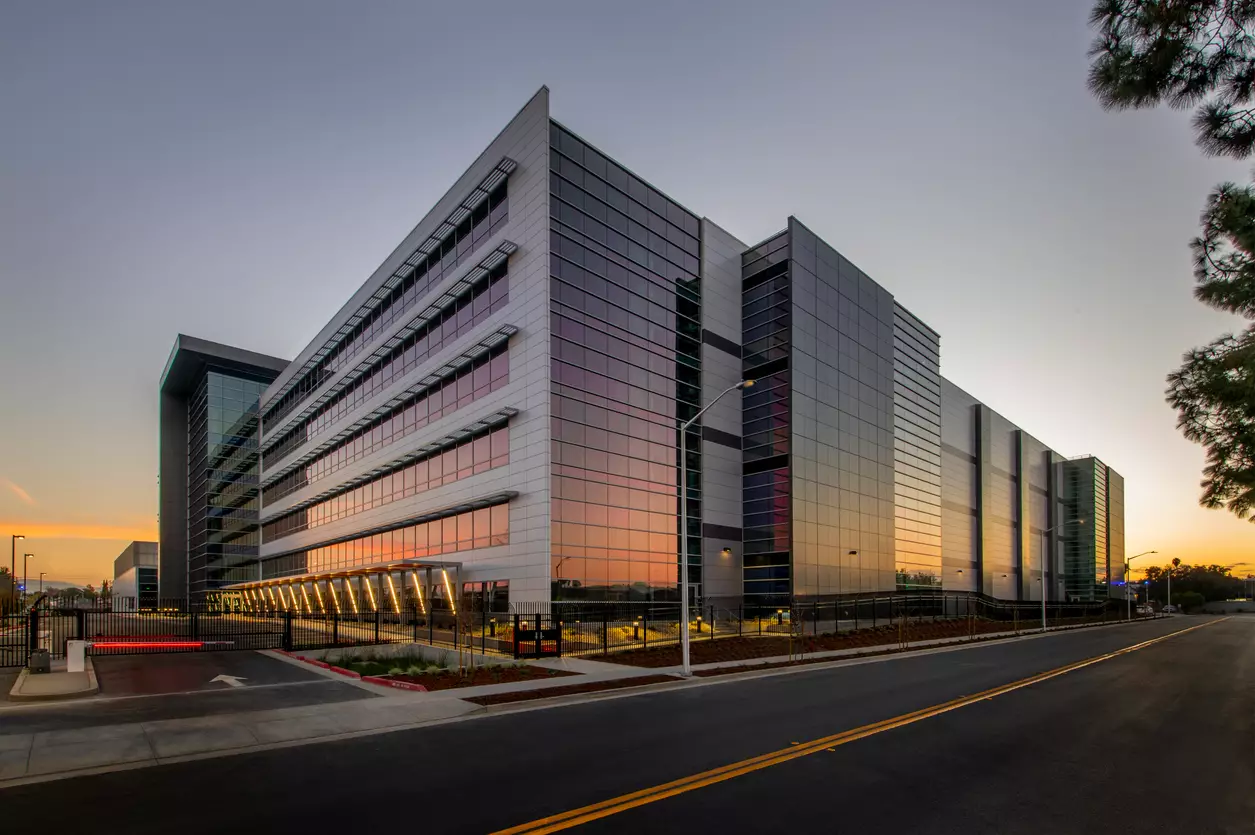How to Find and Finance Property Development

Table of Contents
- How to Find and Finance Property Development
- Finding the Right Property for Development
- Location
- Zoning Regulations
- Market Trends
- Property Size
- Evaluating Property for Development Feasibility
- Infrastructure
- Environmental Considerations
- Development Budget
- How to Finance Your Property Development Project
- Debt Financing
- Equity Financing
- Government Programs and Grants for Property Development
- Tax Credits
- Grants
- Loan Programs
- Building a Financial Plan for Property Development
- Common Mistakes to Avoid in Property Development Financing
- Underestimating Costs
- Choosing Unsuitable Financing
- Neglecting Legal Requirements
Property development, also called real estate development, is the process of constructing or improving buildings to generate profit. This business model can be highly lucrative but can also become a financial black hole when mismanaged.
Finding and securing the right land or construction is a critical step. Success hinges on properly evaluating potential and financing options, requiring significant knowledge and research.
Finding the Right Property for Development
Evaluating a property's potential is the foundation of every project. Investors must be confident that the surrounding conditions will align with their short - and long-term plans. Property development is a lengthy process that requires strategic and predictive planning.Evaluating a property's potential is the foundation of every project. Investors must be confident that the surrounding conditions will align with their short and long-term plans. Reviewing the property's history, including past ownership, permits, and legal issues, can reveal crucial insights before moving forward. Property development is a lengthy process that requires strategic and predictive planning.
Some of the factors that should be considered throughout the process include:
Location
Close proximity to transportation, schools, businesses, and other amenities increases demand. Investors must determine what their target clients are looking for and whether the location can provide those details. They must consider the existing environment and what may be added to the area in future plans.
Zoning Regulations
Research local zoning laws to ensure they align with your intended use and prevent development hiccups. For example, a city might earmark a zone solely for single-family homes, restricting developers' ability to build duplexes on their plots. Delays and reconstruction are incredibly costly and best avoided whenever possible.
Market Trends
Monitor market trends to pinpoint areas and construction types with strong growth potential. Real estate market reports will identify realistic selling prices, rental prices, the population needing housing, and which locations need additional property.
Generally, areas experiencing high population growth or economic expansion offer substantial investment opportunities.
Property Size
Ensure that the available land can support your development plan. You must consider the project's lifetime, including amenities and future add-ons to the property. The topography can also restrict development since angled terrains may require extra steps to address, taking your project outside the budget. The location may also have existing structures that restrict available space. Demolishing these buildings will also put a strain on costs.
Tools like Multiple Listing Services and public property records are essential to any investor's research. These databases contain information on the listing price, physical structure, lot size, and selling prices for all properties in the area.
Evaluating Property for Development Feasibility
Before committing to a substantial development, it is essential to evaluate whether you can see things through. Performing a development feasibility study provides insight into the pros and cons of working within a target market.
Countless costs pop up once the development is underway, and even more appear after everything is built. A feasibility study takes these less apparent costs and weighs them against the financial benefits.
Infrastructure
Confirm beforehand that the land has access to infrastructure and utilities. The availability of basic things like sewage systems, water, electricity, and internet connectivity is often overlooked. Poor infrastructure planning can significantly delay construction or make the project impossible.
Environmental Considerations
Land contamination, lead paint, and improper water disposal can impact local flora and fauna. Many renters want to know that their home was sustainably constructed, and doing so will raise demand for a property.
Developers should consider the burden of conducting environmental site assessments. Doing this properly may require help from specialized consultants and can push back the construction schedule.
Development Budget
Construction development has hard and soft costs. Hard costs are related to physical construction, such as materials, labor, and land. Soft costs are less tangible, including aspects like inspection fees, insurance, permitting, and legal fees.
Developers must consider all these fees over the predicted timeline until the development turns a profit.
How to Finance Your Property Development Project
The high costs of real estate development make outside financing a requirement. The right source depends on the project's scale and scope but can be split into two categories: debt financing and equity financing.

Debt Financing
Debt financing involves borrowing money from other sources like banks and credit unions. The amount is paid back with interest, depending on the loan type. Rather than a lump sum disbursement, construction loans are typically paid in parts as construction progresses.
Construction loans are often short-term and more challenging to secure. They require the borrower to provide a detailed timeline and business plan.
Debt financing is a double-edged sword. Your enterprise is shouldering the financial risk but maintaining ownership of the project. This method is ideal for developers who do not want to share equity.
Equity Financing
Equity financing involves trading property ownership shares for investment funds. This option can take many forms, such as a joint venture or online crowdfunding. However, the result is that it gives away a piece of the development to other parties.
Equity financing has many benefits. It spreads the financial risk and can attract experienced partners to boost the project's success. Additionally, there are no interest payments to exacerbate problems if things run off schedule.
The downside of equity financing is that it can be more challenging to secure investments compared to traditional loans. Decision-making can also slow down as changes are passed past major shareholders.
Government Programs and Grants for Property Development
Local governments are interested in improving their communities. There are incentive and grant opportunities to reduce the financial burden and get your development off the ground. Programs and amounts vary by location but often include:
Tax Credits
Property taxes are among the most significant soft costs in real estate development. Credits are awarded to projects that create a communal or environmental benefit, such as Texas' tax credit for multi-family housing development. These incentives are often part of a revitalization program, making them more available in underserved communities.
Grants
There are countless development grants available through government or government-affiliated agencies. Individual grants are assigned to applicants who work toward the agency's mission, such as developing rural towns or supplying jobs to specific groups.
These grants can provide significant relief on an expensive project. Grants.gov is a database for grants offered by the federal government. This friendly and extensive service provides a great starting point for locating extra funding.
Loan Programs
Many local governments provide development loans with excellent conditions, such as low interest rates or flexible repayment terms. This allows developers to sidestep traditional loan sources like banks or credit unions.
Building a Financial Plan for Property Development
A thorough financial plan is the basis of your investment pitch. Creating this plan allows you to secure financing and provides a reference to adhere to during construction. Key components include: projected costs, timelines, contingency reserves, and compliance checks. Be sure to check local building permits early in the process to avoid costly delays or legal issues

- Timeline: Create a realistic timeline for each phase of the project. This timeline should include extra "pad days" for possible delays. A well-structured timeline helps you react flexibly and understand how problems affect the project.
- Cost Estimates: Categorize costs based on your timeline, such as feasibility studies, inspections, land acquisition, permits, and construction. Contractors and lawyers can supply detailed estimates.
- Contingency Budgets: Unforeseen problems and delays will pop up during construction. Many projects allocate 10 to 20 percent of the budget to cover these issues. This safety net protects investors and keeps the project viable.
Planning ahead helps mitigate risks and ensure you have sufficient resources to complete your project. Proactively revisiting and updating the financial plan at regular intervals ensures the project isn't overly impacted by problems.
Common Mistakes to Avoid in Property Development Financing
The development process is long and unpredictable. Costly errors will happen regardless of experience. However, here are some of the most common pitfalls that plague new developers:
Underestimating Costs
Many expenses are a surprise because the developer only considered hard construction-related costs. However, there are many money drains outside the lot, such as permits, taxes, environmental inspections, and consultation fees.
Fully accounting for development costs requires a broad range of experienced voices. Bring in experts early in the planning process to ensure you aren't blindsided by fees halfway through construction.
Choosing Unsuitable Financing
Some financing options are unsuitable for property development projects due to mismatched timelines, collateral demands, or risk profiles. For example, a short-term loan is unsuitable for long construction projects since those typically have higher interest rates.
Neglecting Legal Requirements
Real estate development must follow zoning laws and environmental regulations. Developers must also acquire the proper permits for all construction and future add-ons.
It's easy to forget to follow these rules, especially when something changes in the construction timeline. However, ignoring legal requirements can result in significant fines or delays.
Your team should include legal experts to review compliance requirements and local regulations. They will also help maintain documentation of your permits and compliance reports in case anything comes into question in the future.
Search Property & Deed Records
Table of Contents
- How to Find and Finance Property Development
- Finding the Right Property for Development
- Location
- Zoning Regulations
- Market Trends
- Property Size
- Evaluating Property for Development Feasibility
- Infrastructure
- Environmental Considerations
- Development Budget
- How to Finance Your Property Development Project
- Debt Financing
- Equity Financing
- Government Programs and Grants for Property Development
- Tax Credits
- Grants
- Loan Programs
- Building a Financial Plan for Property Development
- Common Mistakes to Avoid in Property Development Financing
- Underestimating Costs
- Choosing Unsuitable Financing
- Neglecting Legal Requirements
Related Articles
-
![]() What is Commercial Property and How To Buy It
What is Commercial Property and How To Buy It
-
![]() What Are the Best Renovations for an Investment Property?
What Are the Best Renovations for an Investment Property?
-
![]() How Many Homes Are Abandoned in the U.S., Why It Happens, and What It Causes
How Many Homes Are Abandoned in the U.S., Why It Happens, and What It Causes
-
![]() Everything You Need to Know About Building Permits in Florida
Everything You Need to Know About Building Permits in Florida
-
![]() Is House Flipping the Problem or Solution to America’s Housing Market Crisis?
Is House Flipping the Problem or Solution to America’s Housing Market Crisis?
Recent Articles
-
![]() Best Real Estate Markets to Invest in 2025 for Maximum Returns
Best Real Estate Markets to Invest in 2025 for Maximum Returns
-
![]() What Is Appraised Value and What Does a Property Appraiser Do?
What Is Appraised Value and What Does a Property Appraiser Do?
-
![]() What Is a Property Deed Transfer and How Does It Work
What Is a Property Deed Transfer and How Does It Work
-
![]() Everything You Need to Know About Building Permits in Florida
Everything You Need to Know About Building Permits in Florida
-
![]() Everything You Need to Know About Commercial Property Insurance
Everything You Need to Know About Commercial Property Insurance









